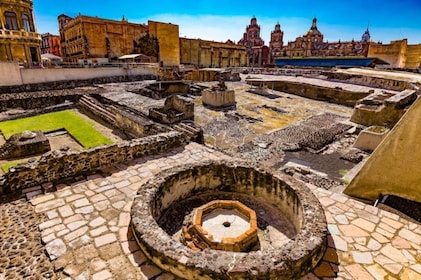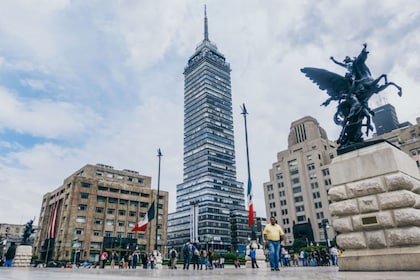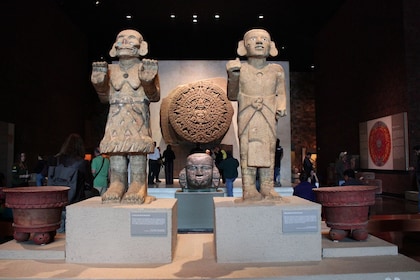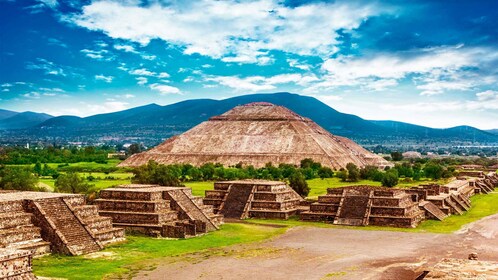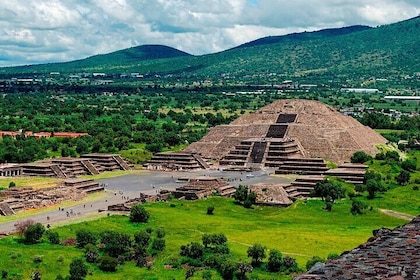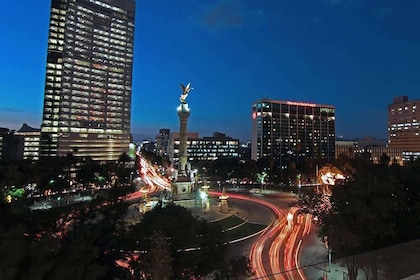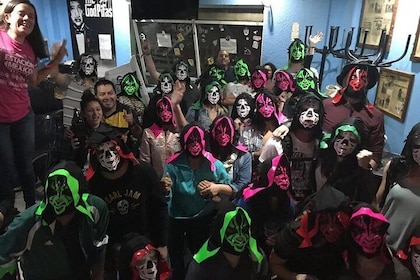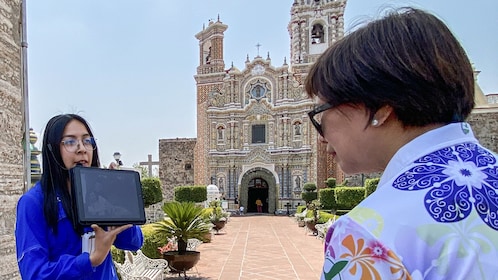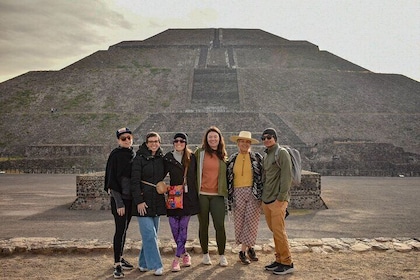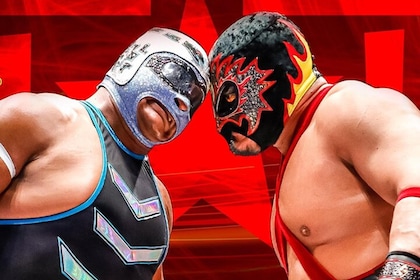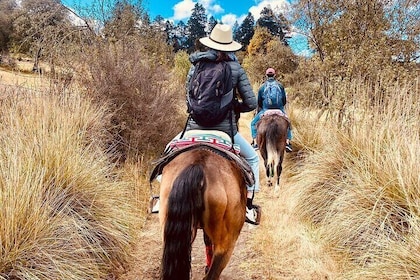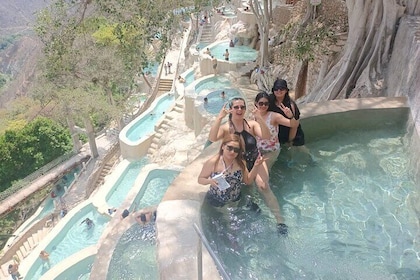Mexico City’s Angel of Independence Monument stands as a tribute to the heroes of the Mexican War of Independence from Spain. From 1521when Hernán Cortés defeated the Aztec nation, until the early 1800s, the vast country of Mexico was a colony of Spain, separated by the wide Atlantic Ocean. Learn about the decade-long battle that started in 1810 and finally led to Mexico’s status as an independent monarchy and then a republic.
In 1902, almost 100 years after the formal start of the battle for independence, President Porfirio Díaz initiated the building of the monument with Antonio Rivas Mercado selected as architect. The monument was inaugurated in 1910 for the centennial of the start of the revolution amid parades and fireworks. Now more than 100 years later, appreciate this icon of Mexico’s lasting political and economic presence in the global community.
The monument consists of a circular zócalo or plinth, topped by a cubic base with four Enrique Alciati statues representing Justice, Law, Peace and War. Under the base of the statue is a mausoleum containing the remains of a dozen heroes of the revolution. A tall Corinthian column rises from the base and a Greek Nike or Winged Victory stands atop the column more than 115 feet (35 meters) above the street. The 1957 earthquake that toppled Nike from the column could not destroy this important symbol. The statue was quickly restored. See the statue at night when the Chiluca stone of the column has a bright glow in seasonal colors and the golden Nike seems ready to take flight.
Walk along Paseo de la Reforma to find the Angel of Independence Monument in Mexico City’s historical center. Join gatherings here to celebrate New Year’s Eve or Mexico soccer victories. Watch the political meetings and protests that sometimes happen near the monument. On Sundays the tree-lined boulevard is closed to auto traffic, making the stroll particularly pleasant. Visit the cultural centers in Bosque de Chapultepec and see other fountains and statues along the wide street as you reflect on Mexico’s history.








